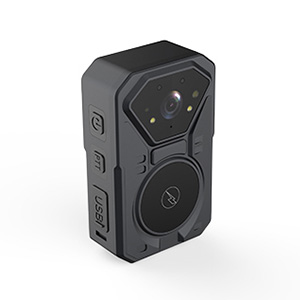
# Police Body Cameras: Enhancing Transparency and Accountability in Law Enforcement
## The Rise of Police Body Cameras
In recent years, police body cameras have become an increasingly common tool in law enforcement agencies across the globe. These small, wearable devices are designed to record interactions between officers and the public, providing an objective record of events as they unfold.
The adoption of body-worn cameras has been driven by growing public demand for greater transparency in policing and a need to improve trust between law enforcement and the communities they serve. As technology has advanced, these devices have become more affordable, reliable, and easier to use, making widespread implementation more feasible.
## Benefits of Body Camera Implementation
### Increased Accountability
One of the primary benefits of police body cameras is the increased accountability they bring to law enforcement. When officers know their actions are being recorded, they may be more likely to follow proper procedures and protocols. Similarly, members of the public may modify their behavior when aware they’re being recorded, potentially leading to fewer confrontational situations.
### Improved Evidence Collection
Body cameras provide high-quality video and audio evidence that can be invaluable in criminal investigations and court proceedings. This evidence can:
– Corroborate officer testimony
– Provide clear documentation of crime scenes
– Capture suspect statements and confessions
– Record witness accounts
### Enhanced Public Trust
By providing an objective record of police interactions, body cameras can help build public trust in law enforcement. Communities often feel more confident that officers will be held accountable for their actions when video evidence is available. This transparency can lead to improved police-community relations.
## Challenges and Considerations
While police body cameras offer many benefits, their implementation isn’t without challenges:
### Privacy Concerns
Recording interactions raises important privacy questions, particularly when officers enter private residences or interact with vulnerable individuals. Policies must balance transparency needs with individual privacy rights.
### Data Storage and Management
The vast amount of video data generated by body cameras presents significant storage and management challenges. Agencies must develop secure, cost-effective solutions for storing and organizing this sensitive material.
### Policy Development
Keyword: police body cameras
Clear policies are needed regarding:
– When cameras should be activated
– How long footage should be retained
– Who can access recordings
– Under what circumstances footage can be released to the public
## The Future of Police Body Cameras
As technology continues to evolve, we can expect to see advancements in police body camera systems. Potential developments include:
– Improved battery life and durability
– Automatic activation in certain situations
– Integration with other law enforcement technologies
– Advanced analytics capabilities, such as facial recognition (with appropriate safeguards)
While body cameras are not a panacea for all challenges in policing, when implemented thoughtfully with proper policies and training, they can be a powerful tool for enhancing transparency, accountability, and public trust in law enforcement.
